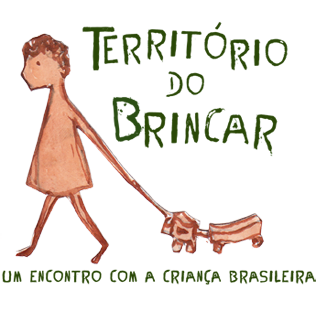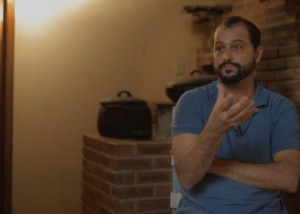May-2015
To play and learn by doing
Check out some excerpts of our interview with Prof. Dr. Paulo César Scarim, geographer at the Espírito Santo Federal University (UFES), about family agriculture, child labor and learning from the perspective of peasant farmer.
“The notion of child labor comes from an urban perspective, that is, it has a direct relationship to specialized labor. For example, the urban setting separates the spaces for house, school, work, leisure: they’re all separate. This is the logic of the contemporary city. This separation also applies to time: a time for study, a time for work, for play, they’re all separate. For family agriculture, these spaces all happen in the same place and at the same time.”
“Child labor has been criminalized, but it’s one thing to explore child labor, and another is labor itself. In family agriculture, the child is learning through work what the family has to teach. Labor is doing.”
“How do you learn to recognize the sound a chicken makes when it lays an egg? How do you learn to plant? At school? You study until you’re 18, don’t work, then leave school knowing everything you should have learned and start planting? How will they plant? How will they milk a cow? They won’t know anything. They come home, their parents are on the farm, and what will they do? Watch television? Do homework? They can’t touch an egg, they can’t help with the coffee harvest, otherwise it’s considered exploitation…”
“The hand must learn! What is the shape of the hand when it harvests cotton? Or coffee? Or as it milks a cow? And how do you learn this? From a book? How do you learn to work with wood? In school? The logic of work, the body’s position, a child spends years observing this and when they touch it they already know. But give a hammer to child that has never seen someone hammering, they’re in danger. This is something that is slow, it’s not something you teach in one lesson. You can’t learn how to milk in one lesson… There is no other way of learning if not from childhood, from very early, from infancy. There is no age for it, and it lasts all life.”
“It is hard to ask a generation that lived the realities of family agriculture when they started working. They don’t know (they have always worked).”
“It’s not that the law is wrong, but how do you separate these things (between the exploitation of child labor and the labor itself)? It becomes arbitrary, generalized, and there is an inability to separate the two. Then what do you do? Take the easy route? Since the law was passed and there are few arguments against it, there is no other way. No one is in favor of the exploitation of child labor, but setting parameters for this is difficult, so they choose the easy route: generalization.”
“In rural communities, knowledge is transmitted through work. You can’t differentiate between what is play and what is learning to work. A large part of the games have to do with doing things, so how can they learn to play if they don’t know how to work? Can they buy this? You can buy a top, a toy car. But if you don’t buy it, you have to know how to build it, and how will they learn how to build it? You have to use a saw, a machete, but are there lessons for this? Everything is work, everything is technique, and you learn this by doing.”
“On the farm everyone works, there is no one who doesn’t work. And a person works from when they are born until they die. You don’t separate what is work from what is not.”
The parade of the cardboard caretas
By the afternoon, everything has changed: no longer bought or rented from a store, but built artisanally by Dodô’s talented hands, the caretas, or grimaces, parade through the town. Walking into the workshop is like penetrating a mystery, violating a secret. The caretas of Acupe (in the state of Bahia) have their own voice, costumes that transform people into incredible creatures, often times horrifying the children. Over the skirt – made from banana leaf straw like the Nego Fugido hunters – the colorful fabric shapes the body of what will become another being, a black, red and white creature, each color representing a part of the human being: red for blood, white for teeth, black for the African skin.
Still at the workshop, the “rrrrrr” sound of sewing spreads through the space like a strange birdsong, bringing the creatures to life.
The block parades through town accompanied by the samba of the caretas, which prance around playfully. Some of them, keeping in their original tradition, distance themselves from the block and wander alone, chasing one, running after another, just as the rubber caretas make sure to remember.
Watch more of the cardboard caretas parade here.
Text and photos: Renata Meirelles
. 0







Leave a Reply